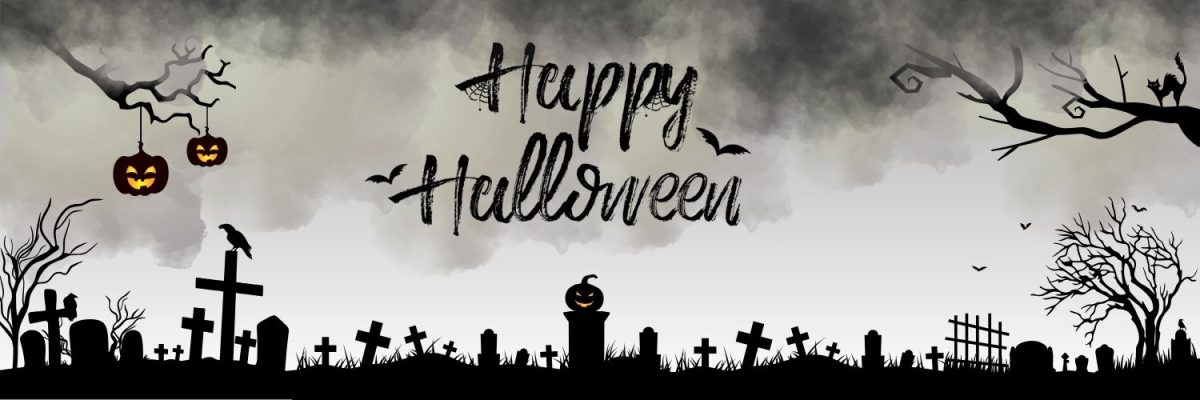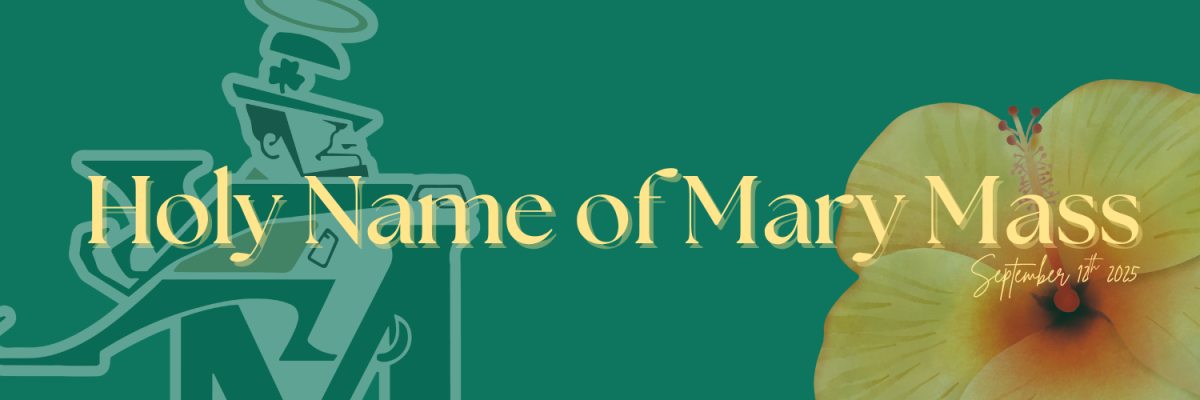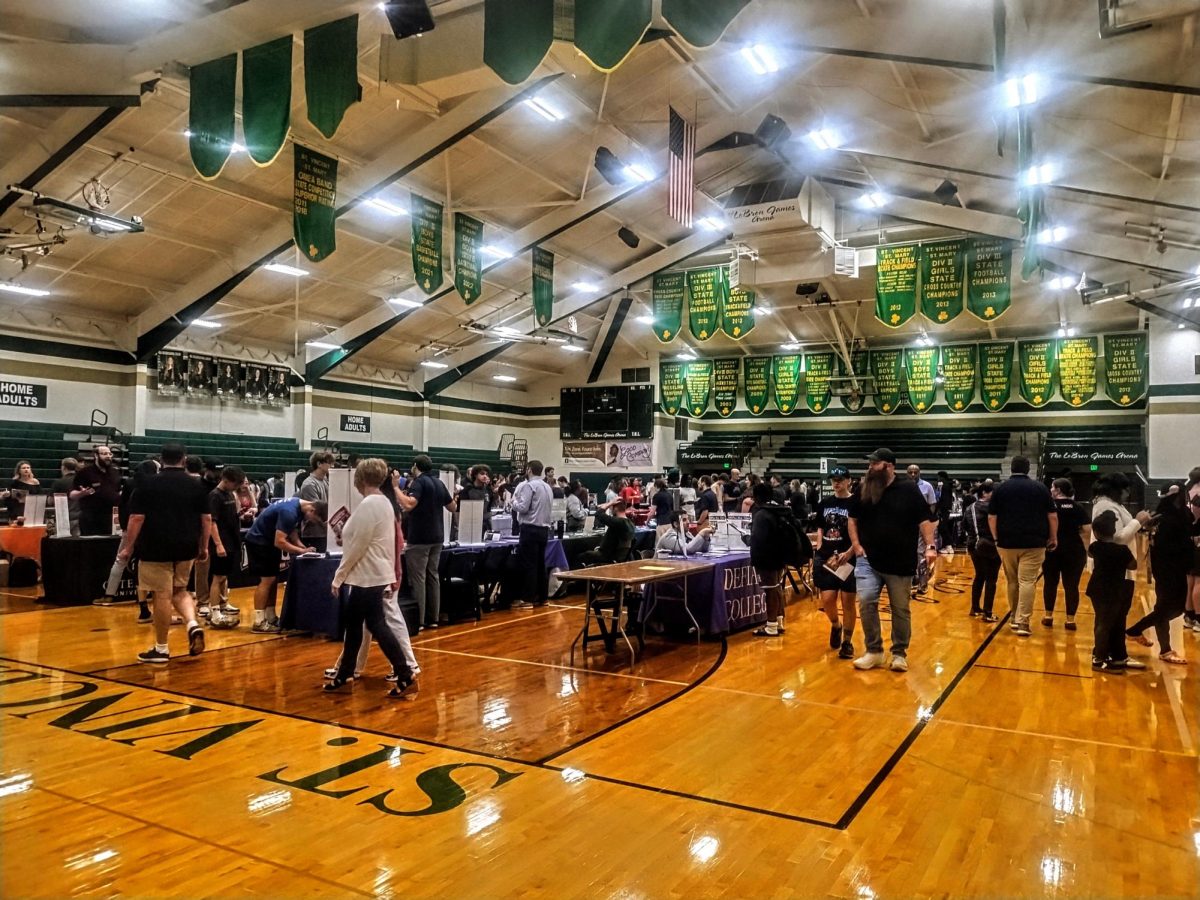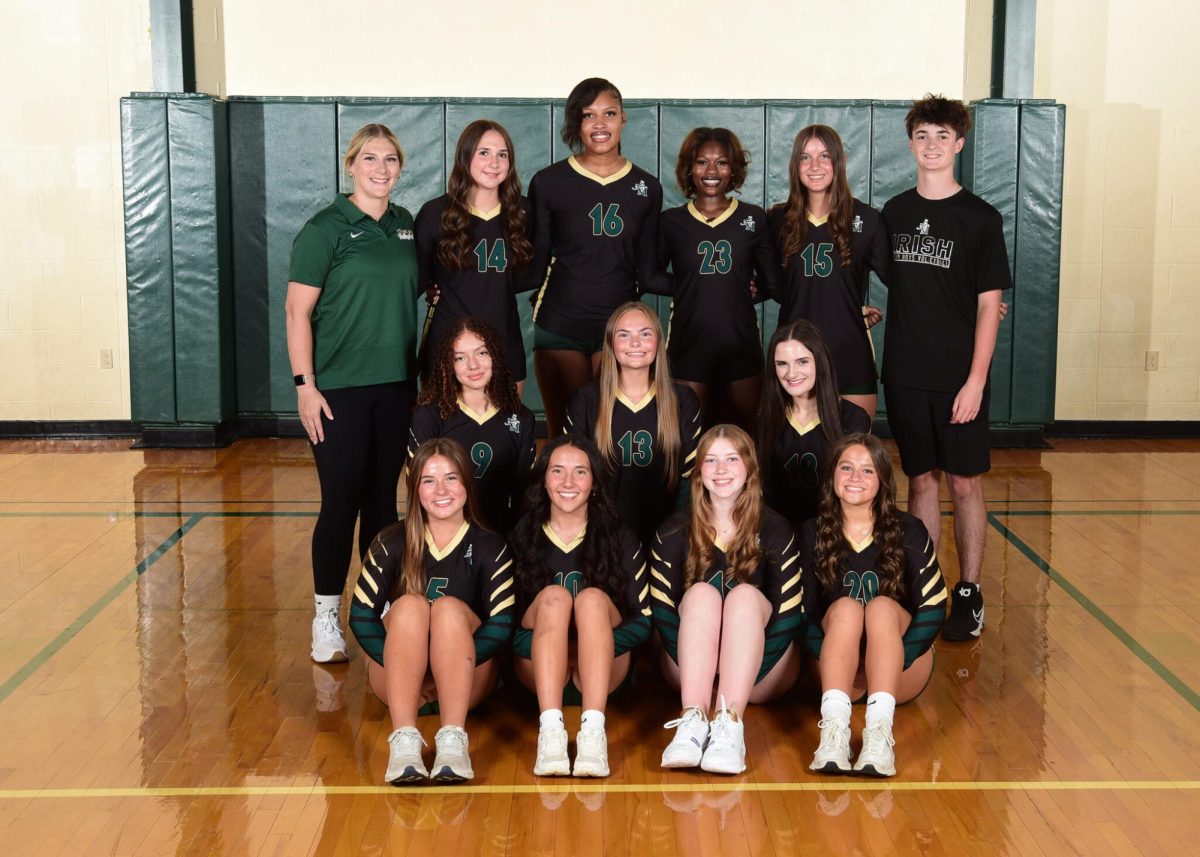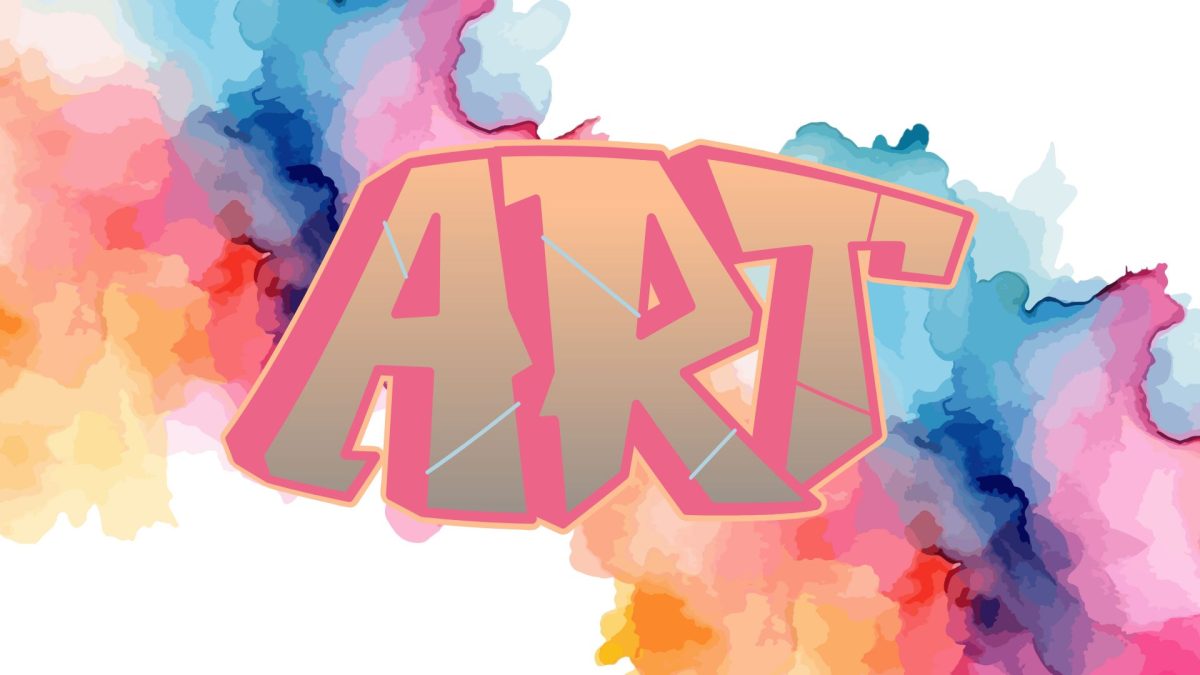Have you ever wondered how the holiday of Halloween originated? Well, I have. In this article, there will be coverage informing those interested in how Halloween came to be, where the traditions come from, and the reason black cats are associated with superstition. Let us begin, but only if you dare.
The Origin of Halloween
The ancient Celtic festival of Samhain (sow-in) is celebrated from October 31 to November 1. On the night of October 31st, it was believed that the ghosts of the dead returned to earth. Celts thought that, on top of the ghosts causing trouble and damaging crops, this night made it easier for Celtic priests, Druids, to make predictions for the future. Druids built a large, sacred bonfire where people gathered together, wearing costumes made of animal skins, to burn crops and animals as a sacrifice to the Celtic deities.
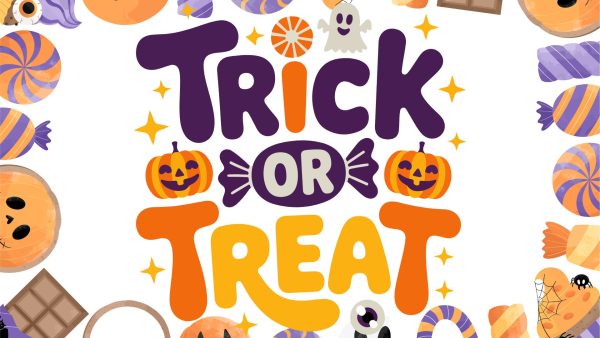
In 609, Pope Boniface IV made November 1st a church holiday, All Saints’ Day. In the 19th century, the night before this church observed holiday was called All Saints’ Day Eve or All Hallows Eve, which is how the name Halloween came to be.
The second half of the 19th century is when Halloween became popular in America. There was a flood of immigrants, most of whom were escaping the Irish Potato Famine. All of these immigrants helped popularize the tradition of Halloween.
Classic Halloween Traditions
Bobbing for apples, trick-or-treating, wearing scary costumes, and carving pumpkins are all classic Halloween traditions celebrated worldwide.
Bobbing for apples is derived from the Roman Empire’s festival of Pomona, where they honored the Roman Goddess of fruit. The symbol of Pomona is an apple, and bobbing for apples was incorporated into Samhain celebrations.
Trick-or-treating is fun for the whole family. The tradition dates back to the Middle Ages, when poor people would collect baked goods in exchange for praying for the wealthy’s deceased loved ones. Along with trick or treating, kids and adults alike dress up in costumes. The origin of scary costumes comes from the tradition of the sacred bonfire lit during Samhain. People would gather together wearing animal skins to disguise their identity.
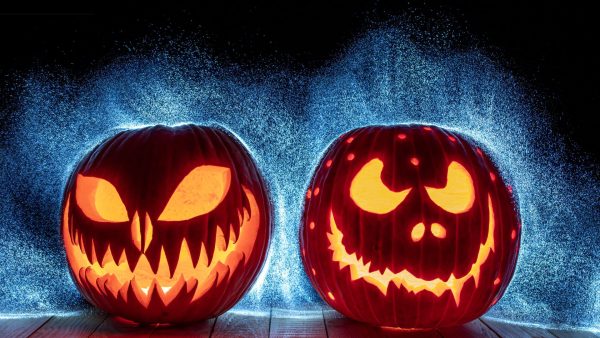
People used to carve turnips at Halloween instead of pumpkins. As time went on, they learned that pumpkins were easier to carve, and Jack O’Lanterns were born. In the 17th century, “Jack O’Lantern” referred to night watchmen. When people didn’t know the watchman’s name, they would refer to them as Jack. Therefore, they would be called Jack with the Lantern. This is the story of Stingy Jack, according to The Farmer’s Almanac, “a man called Stingy Jack invited the devil out for drinks and asked him to play a parlor game to see if the devil could turn himself into a coin so that they could pay for the drinks. After the devil obliged, Jack ran off with the coin, and the devil was trapped inside it. Jack freed the devil based on the deal that he would not claim Jack’s soul when he died. Jack also played another trick on the devil to extend his life. When Jack finally died, God wouldn’t let him into heaven, and the devil wouldn’t let him into hell. Instead, “Jack O’Lantern” aimlessly roams the earth for eternity with a lantern carved from a turnip to light his way.”
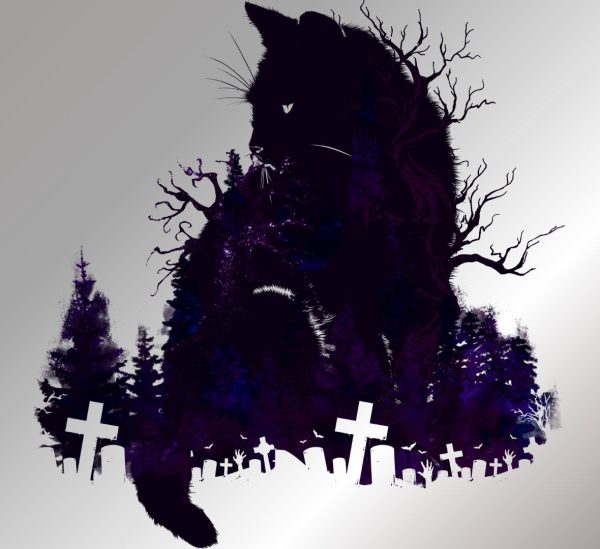
The Reason Black Cats are Superstitious
During the Middle Ages, cats were killed because of their association with evil. People started to blame them for the spread of the Bubonic Plague, but in reality, the reduced number of cats meant that the rodent population wasn’t being controlled, leading to the rapid spreading of the disease.
In Medieval Europe, there was a common belief that devils and witches could take the form of black cats. Therefore, if you were to cross paths with a black cat, it could be taken as a witch on a mission. The church saw them as a threat, just like women accused of witchcraft, because cats are known to be independent, and that wasn’t tolerated.
Although not all cultures see black cats as a symbol of bad luck. Countries such as Japan and Scotland see them as a symbol of prosperity.
